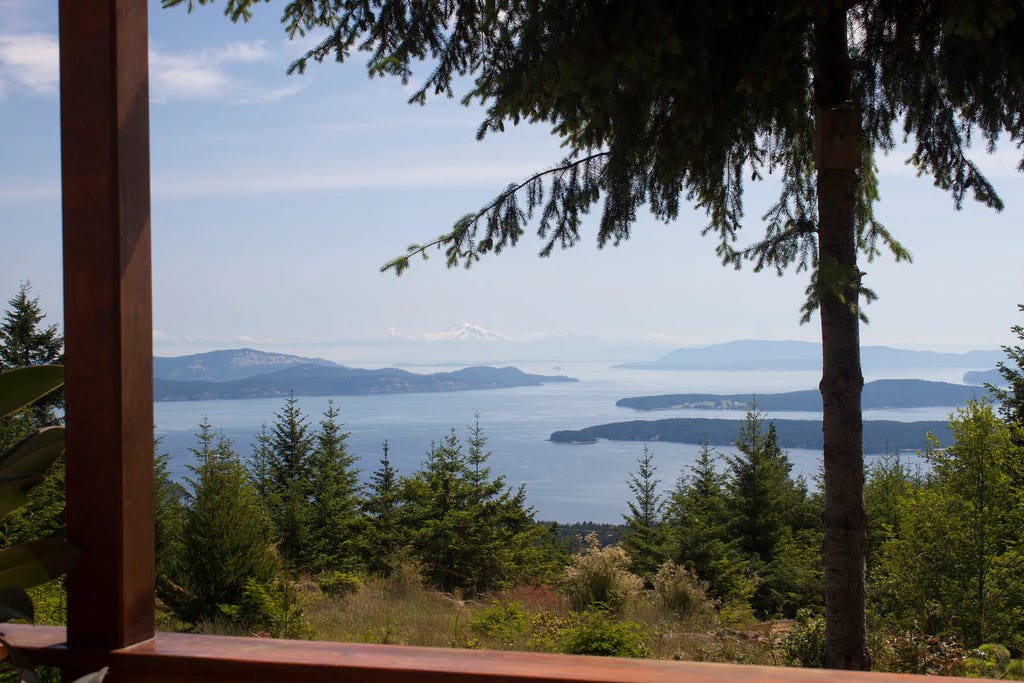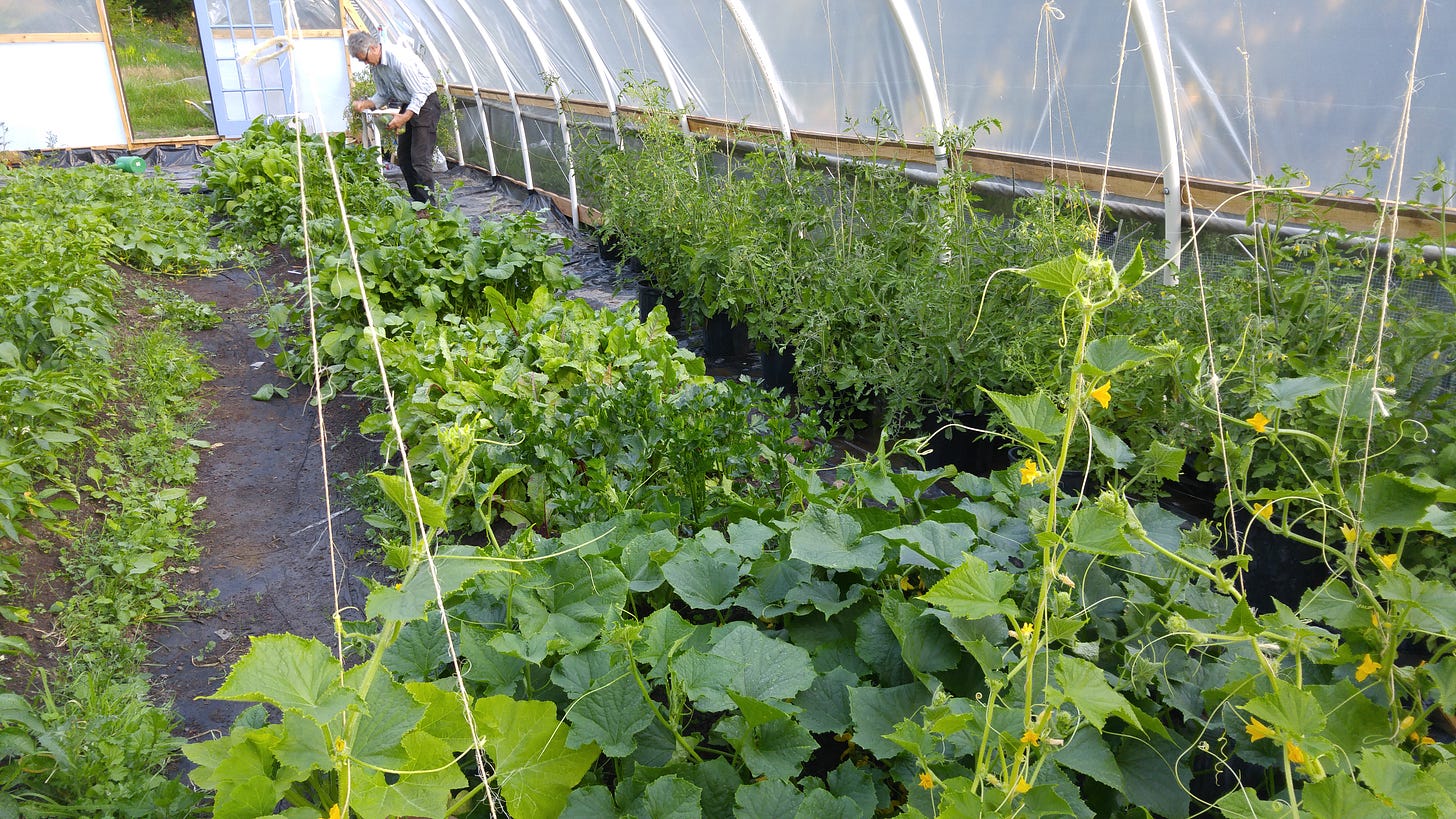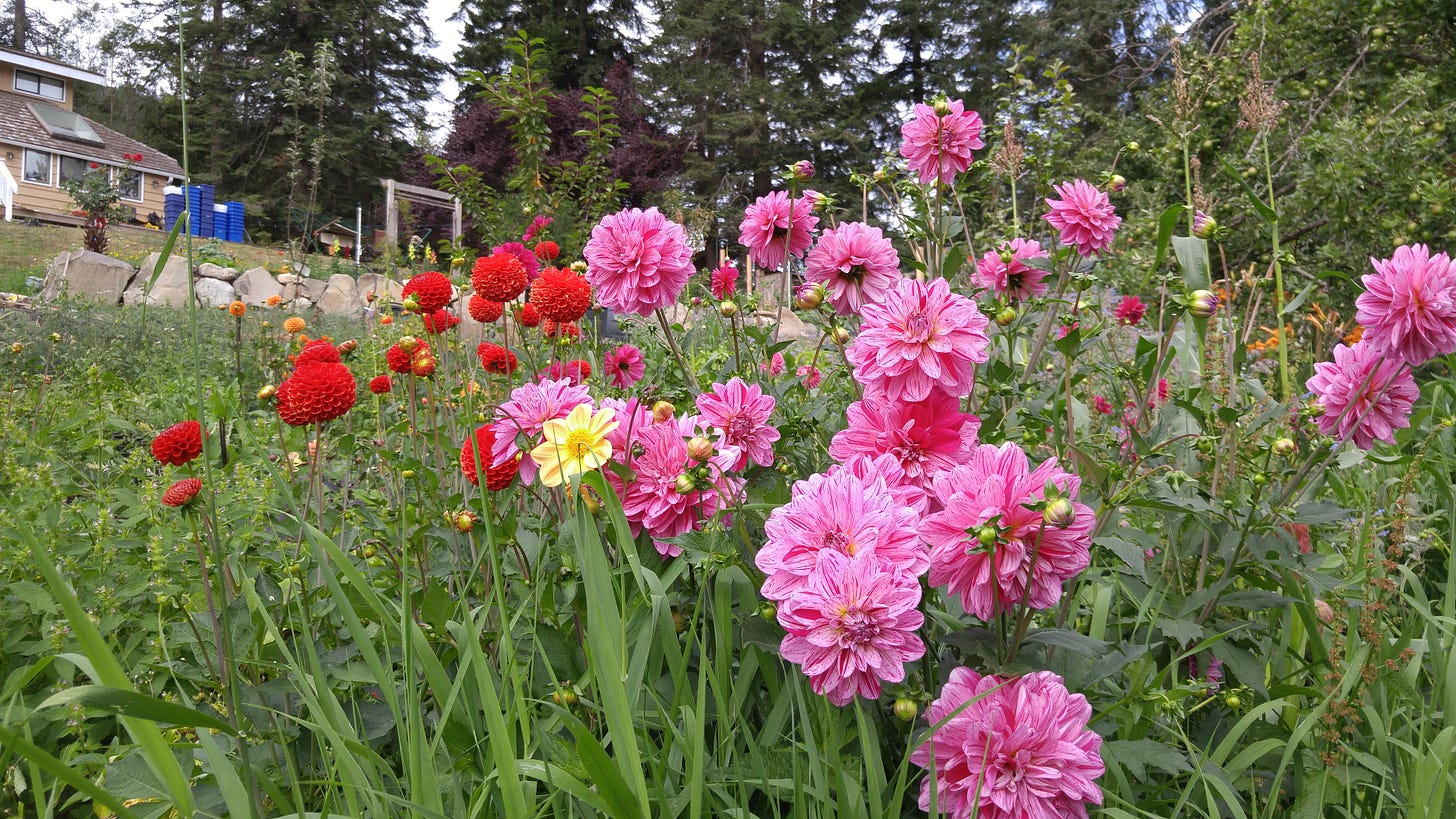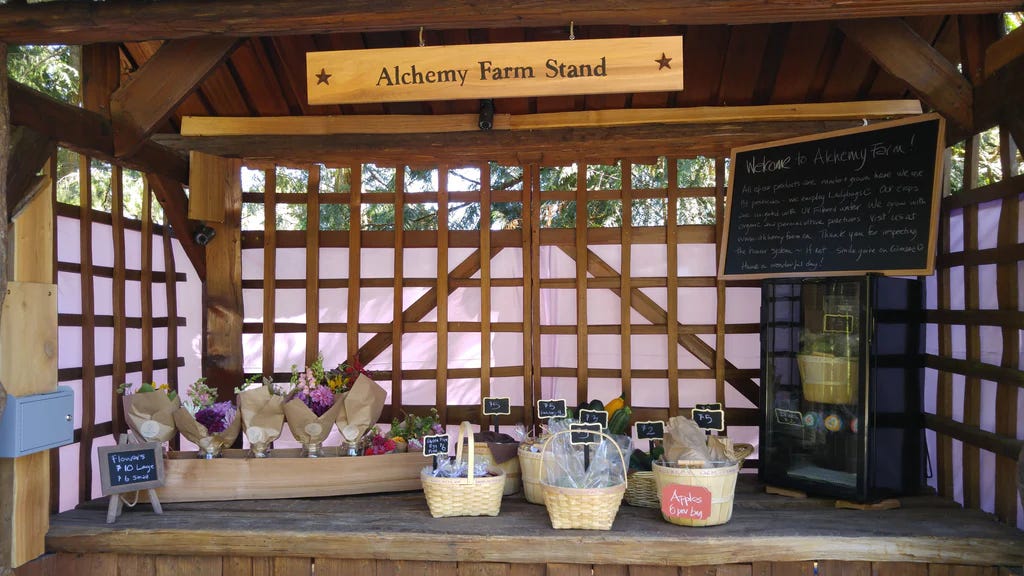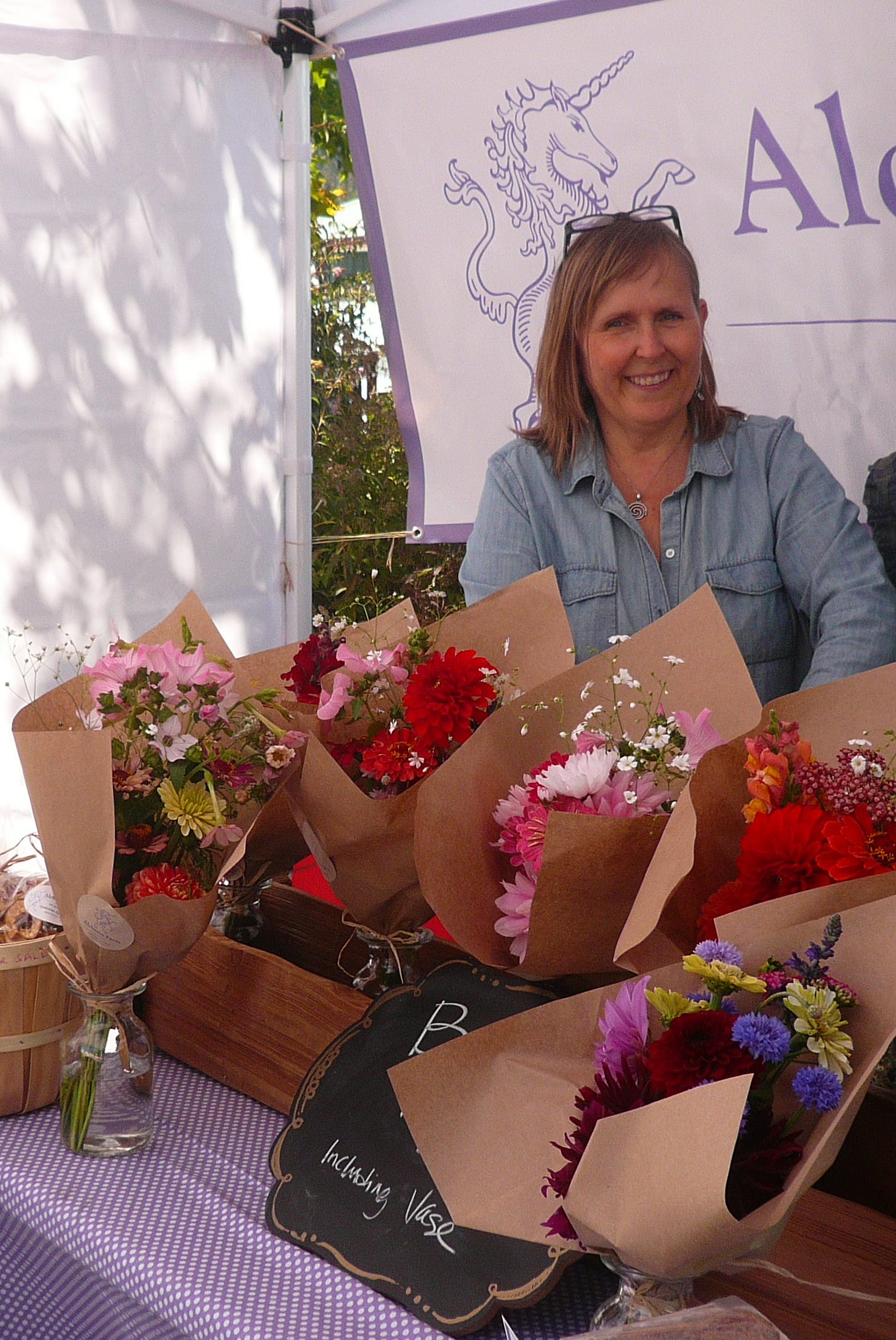The Environmental Artist Flower Farmer
My journey from environmental artist to flower farmer has been one of coming full circle—of reconnecting with the Earth in a deeply personal and practical way.
As an environmental artist, my work has always been about reconnecting people to Nature—back to the Earth and back to our innate knowing of these sacred connections.
In galleries, my work often involves creating site-specific installations and bringing natural materials or artifacts into public spaces. By elevating these elements from the obscurity of the unseen world, I invite viewers to contemplate their relationship with Nature and, often, to visit the sites themselves.
For years, I loved this work. But over time, I felt an aching pull to reconnect with the Earth in a deeply personal way. I longed to listen for the heartbeat of the Earth, to feel the soil in my hands, and to be present with the energy of the land—not as an artist, but simply as a human being.
My Love for Flowers
At 14, I joined the 4H Garden Club. Though I dreamed of joining one of the animal clubs, we had sold our family hobby farm and were living in the city, so I settled for gardening.
I still remember the day my 4H teacher placed my first shriveled dahlia tubers in my hands. I was determined to nurture them into beauty. I tended them with care, brewing special bug-repellent potions from garlic and chili peppers. My efforts paid off—my dahlias flourished, winning first and third prizes at the 4H Pacific National Exhibition in Vancouver.
That was the start of my lifelong love for flowers. For years, no matter where I lived—tiny apartments or houses—I filled every available space with blooms. Strangely, I never returned to dahlias.
Returning to Nature: Alchemy Farm
In 2009, I moved to Salt Spring Island. From the moment I arrived, the Island felt like home, though I had no idea what life here had in store for me.
In 2011, I met my husband, Robin. Like me, he dreamed of growing things in fertile soil. At the time, we lived in his mountaintop home, where every patch of garden soil had to be trucked in. For two years, we searched for a new home, hoping to find land in the Fulford Valley.
In August 2015, we found it—a rundown property that had once been a farm. That same year, we began creating Alchemy Farm. Within months, we opened a farm stand and officially became farmers.
Becoming Alchemy Farm
In our first year, we filled the new hoop house with peppers, tomatoes, cucumbers, melons, lettuce and salad mix, eggplant and herbs. The Hugelbed became home to zucchini, pumpkins, eight kinds of squash, beans and corn.
That’s when dahlias reentered my life. I found some tubers in a clearane bin and planted 20 tubers. While waiting for them to bloom, I staked out another bed and sowed zinnias, cosmos, calendula, and bachelor’s buttons. It was July and though I worried I’d planted too late in the season, I decided to take the chance.
Six weeks later, I was making bouquets for our newly opened farm stand—and setting up for our first Salt Spring Tuesday Market.
Selling My Flowers
I was nervous at first, unsure how people would respond to my bouquets at the first market we attended. But to my relief, they sold out in under an hour.
As I met the people buying my flowers, I was struck by how happy the bouquets made them. When they learned that I had grown the flowers from seed and picked them that very morning, their reactions reminded me of why I had started this journey: to create a deeper connection between people, Nature, and the Earth.
Where Do Your Flowers Come From?
As I began growing flowers, I also learned more about the cut-flower industry—and what I discovered shocked me.
Most commercially sold flowers are grown in faraway countries like Israel, South Africa, Ecuador, and Colombia. They’re transported thousands of miles, often sprayed with toxic pesticides and fungicides, and harvested under poor labor conditions.
In 2016 alone, $483 million worth of flowers were imported into Canada. The environmental cost of flying flowers around the world is staggering, and much of it is unnecessary. Many of these blooms could be grown locally, and with far less harm to the planet.
Why You Should Support Local Flower Farmers
Buying local flowers makes a difference. Here’s how:
Support Pollinators: Local flowers feed bees, butterflies, and other essential creatures.
Shrink Your Carbon Footprint: Locally grown flowers don’t travel thousands of miles to reach you.
Fair Labor Practices: Buying from local farmers ensures fair wages and ethical growing practices.
Fresher Blooms: Local flowers are often picked the same day they’re sold, ensuring longer-lasting beauty.
Doing Our Small Part for Sustainability
At Alchemy Farm, we’re committed to growing sustainable flowers. Our blooms feed pollinators, beautify spaces, and remind people of their connection to the Earth.
Every small step toward sustainability counts, and supporting local flowers is a simple but meaningful way to help the planet.
From Environmental Artist to Flower Farmer
My journey from environmental artist to flower farmer has been one of coming full circle—of reconnecting with the Earth in a deeply personal and practical way.
At Alchemy Farm Studio & Gardens, I continue to create environmental art, but now I also share the joy of growing flowers with others. The Barn Studio sits close to one of our cutting gardens. The farm is a place where people can connect with the beauty and energy of flowers, of nature, just as I have.
If you’d like to learn more about my art, visit my website: ingridkoivukangas.com. I also host workshops and retreats at Alchemy Farm and am the creator of the Eco Heart Oracle and Alchemy Flower Oracle decks.
When you hold a bouquet of locally grown flowers, you’re holding more than beauty—you’re holding a connection to the Earth, a promise of sustainability, and a celebration of life’s simple joys.
Thank you for supporting local farmers, pollinators, and the planet. 🌸




